I read a netCDF file using xarray. The dataset contains lat, lon information of the population for the years: 1975, 1990, 2000 and 2015.
The dataset looks like the following and I made it also available here:
import xarray as xr
ds = xr.open_dataset('borneo_pop_t.nc')
ds
For each pixel I would like to have the information of each year between 1975 and 2000 given the trend of the data points I have. In particular I would like to generate more information and different layers of the population for the missing years.
How can I do that?
